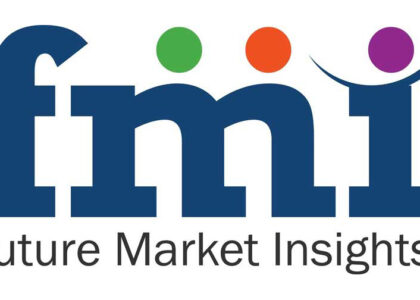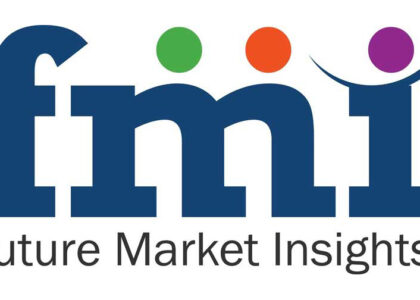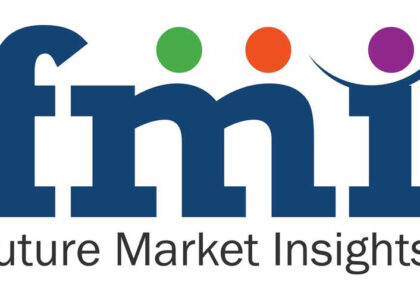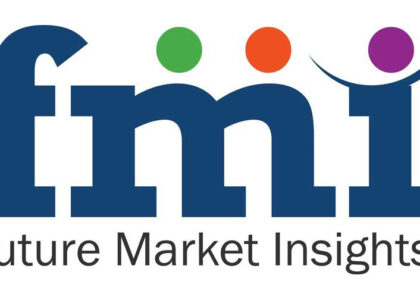The cellulose fiber market is projected to witness steady growth at an annual rate of 4.2% from 2022 to 2032, with its value expected to rise from US$3,825.6 million in 2022 to US$5,772.7 million by 2032.
One of the key factors driving this growth is the growing preference for eco-friendly and biodegradable fibers among major corporations. As more companies embrace sustainability practices, there is an increasing global demand for cellulose fiber, which fuels market expansion.
Cellulose fibers play a significant role in the textile and garment industries, contributing to their growth worldwide. The continued demand for cellulose fibers in textile applications is anticipated to propel the cellulose fiber market in the future. These fibers offer favorable properties like breathability, moisture absorption, and comfort, making them ideal for various textile applications.
Cellulose fiber production involves processes and chemical reactions using wood pulp sourced from plant bark, leaves, and wood. Common cellulose fibers include viscose, flax, rayon, and cotton, which find extensive use in textiles, clothing, and filters.
While wood pulp can be utilized to create synthetic fibers, cellulose fiber production involves mechanical and chemical processing. The market is primarily driven by the demand for popular types of rayon, including triacetate, viscose, and acetate, which find applications in various industries.
Analyze with Clarity – Access the Sample PDF Brochure with Graphs & Charts @ https://www.futuremarketinsights.com/reports/sample/rep-gb-5892
In conclusion, the cellulose fiber market is poised for growth due to the increasing adoption of eco-friendly and biodegradable fibers, coupled with the expansion of the textile and garment industries in the years ahead
Report Highlights
The propelling attention of the world on searching for environmentally friendly and biodegradable fiber is one of the primary factors complementing the cellulose fiber market expansion.
Constant changes can be witnessed in climate, rising environmental pollution and sustainability have gained traction, and an increasing number of businesses are attempting to transition away from the traditionally utilized petrochemical-sourced fibers, which emit enormous amounts of carbon into the environment.
As a result, cellulose fibers are gaining rapid demand, which is expected to propel further across the assessment period, offering a boost to the cellulose fiber market’s growth. In addition to that, increased urbanization and consumer purchasing power, there is a shift from need-based to aspiration-based purchases, which is driving up demand for textiles and apparel.
Recent Developments
Cellulose fibers are massively utilized within the textile industry, resulting in the rise of per capita income and increase in consumer spending throughout the world are driving the growth of the textile and clothing sector, which is expected to drive the growth of the cellulose fiber market during the evaluation period.
The high cost of cellulose fiber has been a major impediment to the expansion of the global cellulose fiber industry. Moreover, the price of raw materials used in the production of cellulose fiber is volatile and changes on a regular basis, limiting their use in large-scale companies.
Invest in Tomorrow’s Triumphs – Request a Customized Report@ https://www.futuremarketinsights.com/customization-available/rep-gb-5892
The global cellulose fiber industry is known as highly capital-intensive owing to the significant investment in knowledge and cash. The industry’s biggest barrier is known as the large investment in research and development efforts for generating new technologies or products. Furthermore, frequent changes in raw material prices, diminishing cotton supply, and rigorous environmental regulations regarding forests imposed by governments around the world pose significant challenges to the sector.
Competitive Landscape
The cellulose fibers market comprises some key players such as Sappi group, Birla Cellulose, Tembec Inc., The Lenzing Group, Thai Rayon Public Co. Ltd., Tangshan Sanyou Group Xingda Chemical fiber Co. Ltd., Fulida Group Holding Co., LTD., Ioncell, Bacterial Cellulose Solutions, Manasi Aoyang Technology Co. Ltd.
In 2022, Sappi committed to being a part of the solution and is working to decarbonize its operations. It will cease the use of coal at its German location in Stockstadt as the next step in its long-term global commitment to climate preservation and sustainable production. To that purpose, the mill’s current coal-fired Boiler 9 will be dismantled, and the mill will run solely on renewable biomass and natural gas.
More Insights into the Cellulose Fiber Market
The North American region is expected to dominate the global cellulose fiber market over the assessment period. The region is predicted to account for approximately 23% of the global market.
Key Insights from the Report:
- Key Trends in the Cellulose Fiber Market: The report highlights key trends observed in the cellulose fiber market. These trends may include factors such as the increasing demand for sustainable and biodegradable fibers, the adoption of advanced production technologies, the growing popularity of cellulose fibers in textile applications, and the rising consumer preference for eco-friendly materials.
- New Advancements in Production Technologies: The report discusses the latest advancements in production technologies for cellulose fibers. These advancements may include innovative manufacturing processes, improved efficiency in fiber production, and the development of eco-friendly and sustainable production methods. These advancements contribute to the growth and development of the cellulose fiber market.
- New Product Launches and Expansions in the Cellulose Fiber Market: The report highlights significant events such as new product launches and expansions by key players in the cellulose fiber market. These events may include the introduction of new cellulose fiber products with enhanced properties, the expansion of production capacities to meet growing demand, and the entry of new players into the market. These activities shape the competitive landscape of the cellulose fiber market and drive market growth
Key Players:
- Sappi Group
- Birla Cellulose
- Tembec Inc.
- The Lenzing Group
- Thai Rayon Public Co. Ltd.
- Tangshan Sanyou Group Xingda Chemical Fiber Co. Ltd.
Don’t Miss Out on Savings: Take advantage of our discounted pricing and ensure you don’t miss out on significant savings for your report @ https://www.futuremarketinsights.com/request-discount/rep-gb-5892
Key Segments Profiled In the Global Cellulose Fiber Market Report
Cellulose Fiber Market by Process of Manufacturing:
- Natural Cellulose Fiber
- Plant-based
- Cotton
- Flax (Linen)
- Jute
- Wood-based
- Animal-based
- Alpaca-based
- Silk-based
- Manufactured Cellulose Fiber:
- Semi-Synthetic
- Rayon or Viscose
- Modal
- Synthetic
- Nylon
- Polyester
About FMI
Future Market Insights, Inc. (ESOMAR certified, Stevie Award – recipient market research organization and a member of Greater New York Chamber of Commerce) provides in-depth insights into governing factors elevating the demand in the market. It discloses opportunities that will favor the market growth in various segments on the basis of Source, Application, Sales Channel and End Use over the next 10-years.
Contact Us:
Future Market Insights Inc.
Christiana Corporate, 200 Continental Drive,
Suite 401, Newark, Delaware – 19713, USA
T: +1-845-579-5705
For Sales Enquiries: sales@futuremarketinsights.com
LinkedIn| Twitter| Blogs





